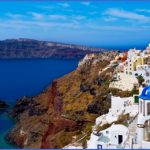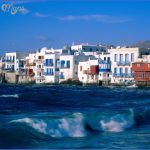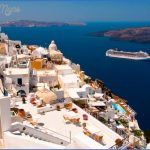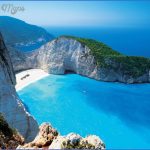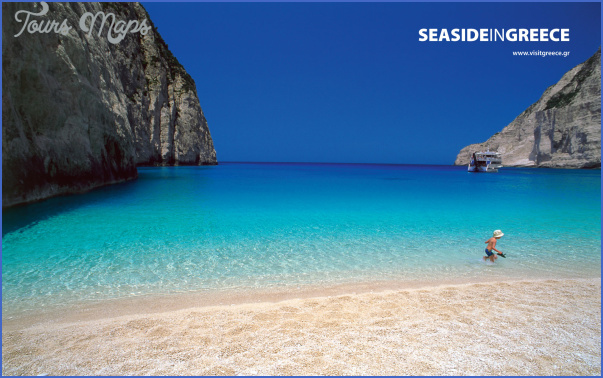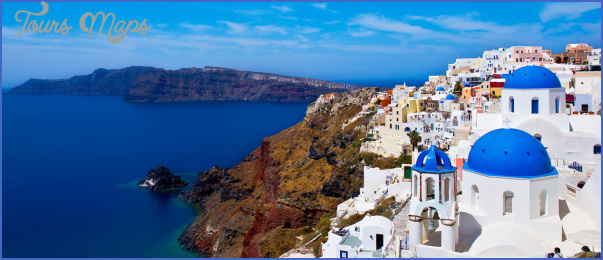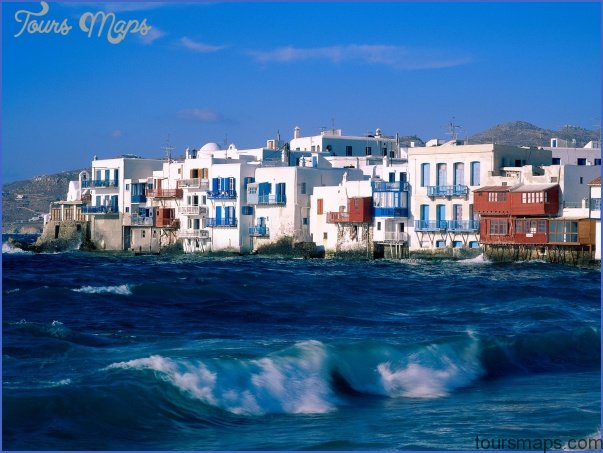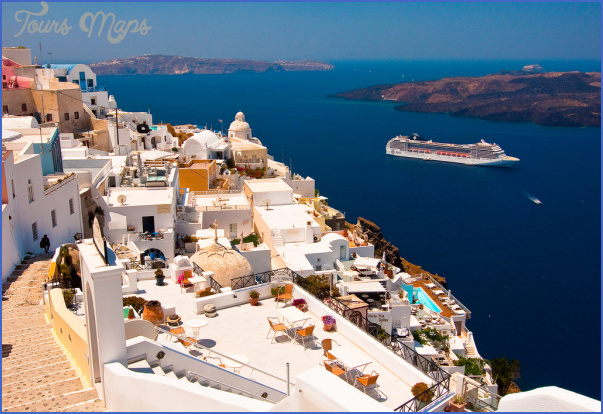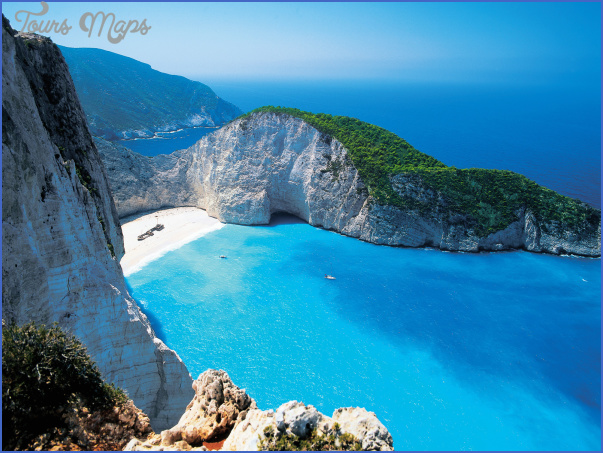OFFICIAL NAME: HELLENIC REPUBLIC
In the past Greece has attracted many visitors who were unwanted. It has been overrun and ruled at various times by the Persians, the Romans, and in modern times by the Turks. Today’s visitors are welcomed by the tens of thousands, welcomed to Athens and to dozens of places that ring of history Marathon, Thebes, Delphi and Sparta. Greece includes fourteen hundred volcanic islands, two hundred of which are inhabited and are searched out each summer by Northern Europeans and Americans for their climate, beauty, and particular lifestyle. In 1982, Greece had about six million visitors, not many compared to the thirty-nine million visitors to Spain in that year. Tourism receipts were $1.7 billion.
The United Kingdom, with the help of mass air charter companies, provides the largest number of visitors, followed by Germany and France. The United States, ranking fourth in number of visitors, is first in tourist spending even though Americans stay an average of about two weeks compared to a month spent by the average European visitor. About 20 percent of American visitors take a cruise on one of the twenty-five Greek ships sailing the islands. The American market is identified as the upper-middle-class family. California is the best geographical market.
The romantic notion of Greece pictures shepherds tending sheep and goats, and raising garden crops or fishing. Actually more than half of the population are urban dwellers. Athens, the capital, has 2.7 million people; Greater Athens has 30 percent of the total population of 9.2 million. Greater Thessaloniki, the major city in the north, has 650,000.
The famous cities of the Golden Age of Greece (400 B.C.) Corinth, Sparta and Thebes have only their classic ruins to recall the days of glory. Corinth is a town of about twenty thousand; Thebes has about fifteen thousand. Sparta is a small country town of eleven thousand people.
The Athens of today is only about 150 years old. The Athens of 1830 was little more than a village of two thousand people under the heel of the Turks. The Athens of today is a bustling city that stretches to link up with Greece’s principal port, Piraeus. It is from Piraeus that most Americans board for cruises to the more popular of the some five hundred Aegean Islands. The cruises often visit Crete to the south, round the Peloponnesus and sail north to Corfu, the most lush of the Greek isles.
The heart of modern Athens is Sytagama (Constitution) Square. The parliament building, formerly the royal palace, is here and so are the erzones, the guards dressed in red berets, short white kilts and wearing pompons on their shoes. Some spectators expect them to break into a ballet dance at any moment.
The Parthenon sits on the Acropolis overlooking Athens and at times is overrun by tourists. It was built in the fifth century B.C. Sadly, its sculptures are in London. They were shipped there by Lord Elgin early in the nineteenth century. The Parthenon has sound and light shows presented nightly at nine, from April 1 to the end of October.
GREECE Photo Gallery
Maybe You Like Them Too
- The Best Cities To Visit in The World
- World’s 10 Best Places To Visit
- Coolest Countries in the World to Visit
- Travel to Santorini, Greece
- Map of Barbados – Holiday in Barbados


